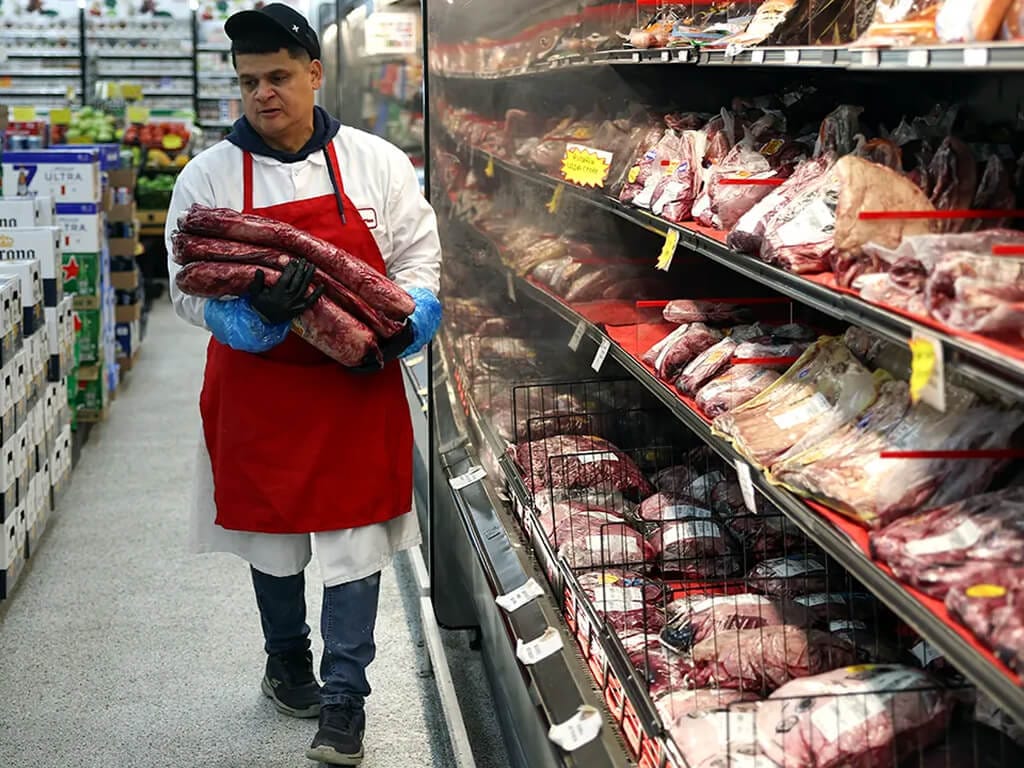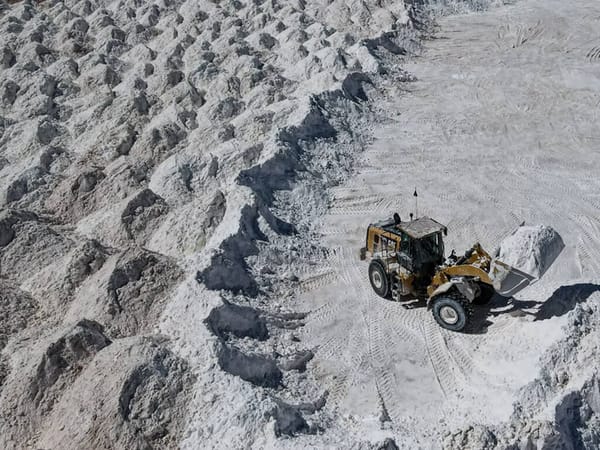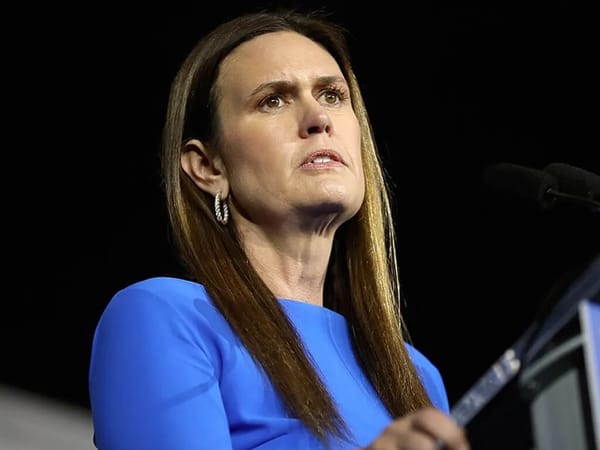Beef Prices Reach Record Highs as Supply Shrinks
Beef prices in Arkansas have reached record highs, driven by low cattle inventories, drought, rising input costs, and global trade barriers. Learn why costs are climbing and why relief is unlikely soon.

Barbecues are staying expensive this summer. Strong seasonal demand across Arkansas and the rest of the United States, combined with supply shortages, import tariffs, and ongoing trade barriers, has pushed beef prices to their highest levels in 70 years.
Last month, for the first time since the Labor Department began tracking prices in the 1980s, the cost of 100 percent ground beef climbed above six dollars per pound.
This is not a sudden spike but part of a steady upward trend. Beef prices have been rising for months, with ground beef seeing the sharpest increases. It has climbed more than 25 percent, placing added strain on households that rely on it regularly. Cuts like chuck roast have also grown more expensive. By comparison, premium steaks such as ribeyes and filets have been less affected, though their prices have still risen by about 12 to 15 percent since February.
The Weight of Shrinking Herds
Officials have cited several factors behind the rising cost of beef. Jared Garrett of the Arkansas Farm Bureau explained that much of the increase comes from cattle inventory levels in both Arkansas and across the country reaching historic lows.
Garrett also noted that farmers are facing record high input costs. Fertilizer, fuel, and feed have all grown significantly more expensive over the past year, making cattle farming a less attractive investment.
Recent drought conditions have added even more pressure, pushing many ranchers to send additional cows to slaughter. As a result, rebuilding herds has become increasingly difficult. According to a January report from the United States Department of Agriculture (USDA), the national beef cow population has now fallen to its lowest point since 1961.
Import Challenges and Trade Barriers
To meet domestic demand, especially for lean beef trimmings used in ground beef, the United States has increasingly turned to imports. That supply chain, however, has run into significant setbacks.
According to the Iowa Farm Bureau, about 20 to 30 percent of ground beef in the country comes from imports. Trade tensions are now disrupting those flows. Beginning August 1, Brazil will face a 50 percent tariff, on top of existing tariffs that range from 10 to 36.4 percent depending on import volumes. India, another major exporter, has been hit with a 25 percent tariff and additional duties because of its trade ties with Russia. These measures are making beef imports from both countries considerably more expensive.
In May, the U.S. Department of Agriculture suspended live cattle imports from Mexico after an outbreak of New World Screwworm, a parasitic fly whose larvae can inflict serious and often deadly harm on livestock. The suspension further tightened supplies and added to the upward pressure on prices.
No Relief in Sight
With herds slow to recover and steady demand, especially during the holiday season, experts say prices are unlikely to decline anytime soon. For Arkansas families planning backyard cookouts, that means the meat counter will continue to deliver sticker shock well into the future.





